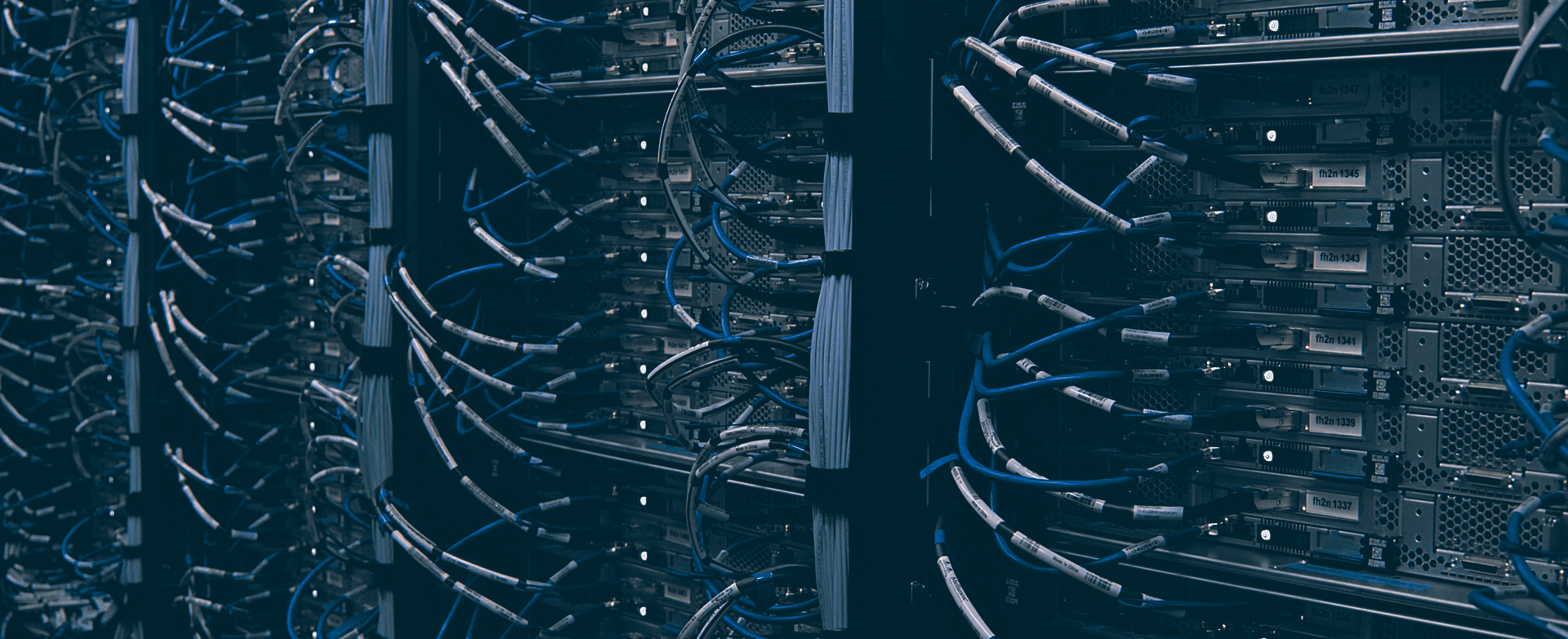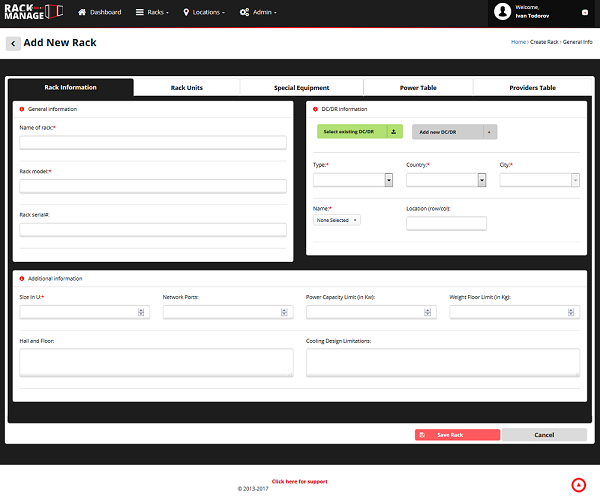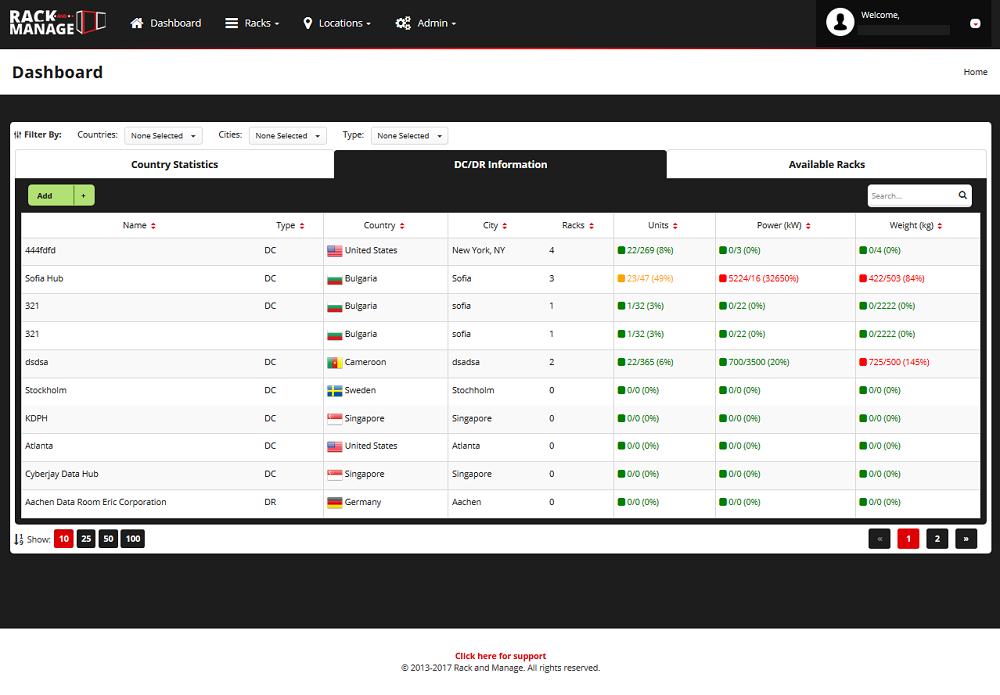Network administrators, system administrator’s end up to the point where they have to manage complex documentation of racks, devices, network resources they have in control. Most put the information within spreadsheet and every time when change appear they update the spreadsheet. That may work more or less until more than one person is doing the job. Not long after it becomes total mess and most of the people find it impossible to manage.
We aim to provide solution which will solve that problem. We faced that problem as we had to work on hundreds of servers, thousands of IP addresses, lots of network equipment and stuff which was around in the date centers. And as everyone we’ve try to keep documentation, spreadsheets and failed to maintain it well. That was the start when we started to look for solution.
How It Works
Monitoring
 Any authorized user will be able to see all the information about the data centers irrespective of his location. In this way, users will be able to monitor their resources remotely and they will also be able to guide in-house technician in case of any emergency.
Any authorized user will be able to see all the information about the data centers irrespective of his location. In this way, users will be able to monitor their resources remotely and they will also be able to guide in-house technician in case of any emergency. Planning
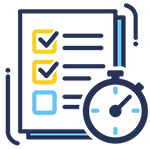 Rack and Manage allows users to add information about as many data centers as they want. Due to this feature users will be able to do planning by integrating new non-existing devices with the existing devices in the software. Users can create accurate plan even for cables and port with this feature. RAM has opened new gates of opportunity. It is up to users how to utilize them.
Rack and Manage allows users to add information about as many data centers as they want. Due to this feature users will be able to do planning by integrating new non-existing devices with the existing devices in the software. Users can create accurate plan even for cables and port with this feature. RAM has opened new gates of opportunity. It is up to users how to utilize them. Mapping
 This function will allow users to map their data centers and IT equipment in these data centers. We have used location-based mapping system so that owners of multiple data centers can easily manage all of their data centers remotely and effectively. Users will be able to full lots of details about their devices to create a complete picture. They will be able to add country of data centers, city, building/room name, supplier name, cabinets' positions, images of devices, cabling details with information about slot numbers and types, parts lists, power load table, network settings, hardware models, customer information, operating system, contracts, IP addresses, DNS zones, permissions, vendor information, PDU models, application components, switch ports, and other related details.
This function will allow users to map their data centers and IT equipment in these data centers. We have used location-based mapping system so that owners of multiple data centers can easily manage all of their data centers remotely and effectively. Users will be able to full lots of details about their devices to create a complete picture. They will be able to add country of data centers, city, building/room name, supplier name, cabinets' positions, images of devices, cabling details with information about slot numbers and types, parts lists, power load table, network settings, hardware models, customer information, operating system, contracts, IP addresses, DNS zones, permissions, vendor information, PDU models, application components, switch ports, and other related details.Maintenance
 The comprehensive information in the software about every device will make it easier for users to maintain their devices. They will know when they added certain device and when it should be replaced.
The comprehensive information in the software about every device will make it easier for users to maintain their devices. They will know when they added certain device and when it should be replaced.Alerting
 Users will be able to set notification/alert settings in different ways. For instance, if a server is assigned to a certain client for a limited period of time user can set an alert for contract expiration. This alert will inform the user when the contract ends. In this way, users will be able to utilize all resources effectively.
Users will be able to set notification/alert settings in different ways. For instance, if a server is assigned to a certain client for a limited period of time user can set an alert for contract expiration. This alert will inform the user when the contract ends. In this way, users will be able to utilize all resources effectively. Reporting
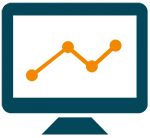 Current reporting system with spreadsheets is outdated and frustrating. It is almost impossible to update spreadsheets if there are hundreds of servers in the data center and multiple administrators are generating reports. This software generates report automatically whenever a change in the system occurs. In this way, this tool will make reporting very simple and straightforward no matter how many users are managing the data centers.
Current reporting system with spreadsheets is outdated and frustrating. It is almost impossible to update spreadsheets if there are hundreds of servers in the data center and multiple administrators are generating reports. This software generates report automatically whenever a change in the system occurs. In this way, this tool will make reporting very simple and straightforward no matter how many users are managing the data centers.Rack and Manage Terminology
Define some terminology, data center, room, devices, and so on are Rack and Manage terms in use.
The top of the object hierarchy are Locations. In Rack and Manage, locations refer to physical locations that can house one or more data centers or data rooms. Each data center or data room contains racks (cabinets). There is no higher-level object than a Location in Rack and Manage.
Everything that you place inside a data center or data room is either a device or an asset. The main difference between a device and an asset is that devices have IP addresses. Devices include physical devices (e.g. servers and switches), virtual devices (virtual machines), cluster devices (e.g. disk clusters), blade devices (it go inside a chassis), other devices (includes IP-addressable UPS’s, PDU’s, …), and unknown devices. Devices which can be identified as – Unknown, these can be entered by processes, these devices are entered within the application and they are within the items area. Assets include, Breaker Panels, Modems, Fax Machines, Monitors, Scanners, Shredders, Phones, Software, Filler Panels, Patch Panels, AC’s, Fabric Extenders, TAP’s, etc. You can also define other asset types.
Other Rack and Manage include:
- Permissions: Each has add, change, view, and delete permissions. These permissions can be assigned to both individuals and groups of individuals.
- Customers: This object holds owner or user of a device or asset. You can use this object to define actual customers (e.g. if you are a service provider), corporate entities, corporate departments, or any other organizational entity.
- Vendors: Providers of devices, assets, and services (e.g. Dell or HP).
- Hardware Models: There are numerous types that can be assigned to each device. If we had only individual type for each device, and a site has, for example, 10 HP DL 380 G8 servers, then one would be required to repeat of the HP DL 380 G8 server 10 times. And that is the reason, we have a hardware type model. You define the particular hardware model once and then just add the hardware model when needed.
- PDU Models: The concept it’s similar to Hardware models (see above) but for PDU’s.
- Operating Systems: The concept it’s similar to Hardware models. Enter information about an OS once and add the OS to a device.
- Parts: Every company maintain an inventory of spare parts more or less (e.g.. disk drives, RAM, cpu’s, etc). These ca be tracked in Rack and Manage as Parts. (This is additional info where the spare parts are)
- Purchases/Contracts: Contain basic purchasing information for device. HW support warrant and other contract info.
- IP Addresses: Track IP addresses. Related objects tracked via Rack and Manage are Subnets, VLANs, VRF Groups, MAC Addresses, and IP/NAT records.
- DNS Zones / Records
- Switch Ports: Track connections to switches, TAP’s, patch panels, and devices
- Application Components: Application components (e.g. web server, Oracle server, and so on) are assigned to devices and dependencies between application components are defined to enable impact charts.
- Complete inventory of the data center assets and Location Mapping
- Data Center Floor planning
- Clear view of the key elements for data center management – space, power and weight, cooling information
- Data Center process management – data center process and key contacts
- Clear Cabinet view with integrated template management for special devices
- Complete cable management for all HW devices
- Full part list availability – used for replacement, upgrade, and warranty alerts

